The Leaning Tower of Pisa is probably the most famous leaning building, but there are many other 'non-straight' structures around the world that are just as impressive.
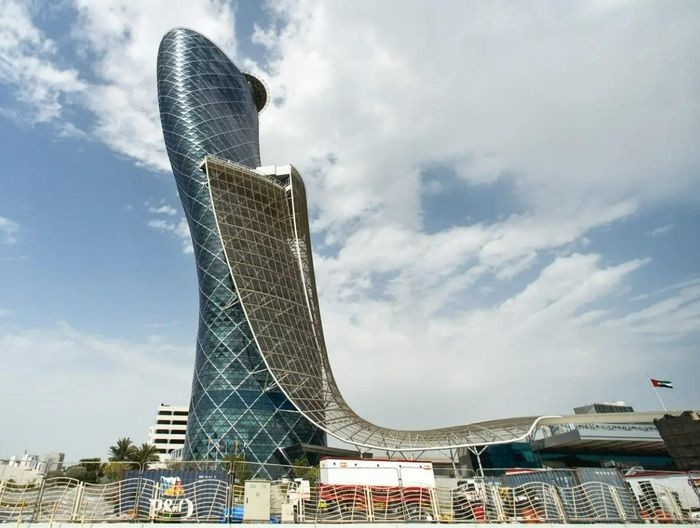
Capital Gate Tower, UAE: One of the most prominent landmarks on the Abu Dhabi skyline, the 160-meter-tall Capital Gate Tower is designed to tilt 18 degrees to the west. It holds the Guinness World Record for the furthest leaning man-made building.

Tiger Hill Pagoda, China: Located on a hilltop in Suzhou, Jiangsu, the pagoda is over 1,000 years old and was completed in 961 during the Northern Song Dynasty. Half of it is on a rocky outcrop and the other half is on softer ground, and the leaning began during the Ming Dynasty (1368-1644). The seven-story, brick structure is 47.5 meters high and is estimated to lean at an angle of 3.5 degrees.

Asinelli and Garisenda Towers, Italy: The Torre Degli Asinelli and Torre Garisenda towers in Bologna were built during the Middle Ages for signaling and military defense purposes. Both lean significantly, but Garisenda (the shorter tower) leans more due to the unstable ground beneath it. The taller Asinelli tower is usually open to the public.
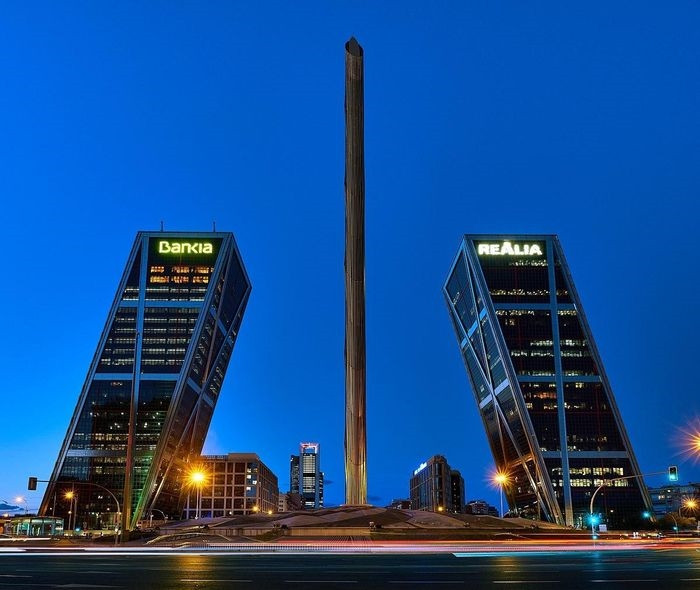
Puerta de Europa Towers, Spain: The tilting twin office towers, Puerta de Europa I and Europa II, are located on Paseo de la Castellana, a major north-south thoroughfare in Madrid. Completed in 1996, the buildings tilt 15 degrees and are the world's first tilted skyscrapers. The structure was designed as an innovative solution to free up space for a subway interchange.
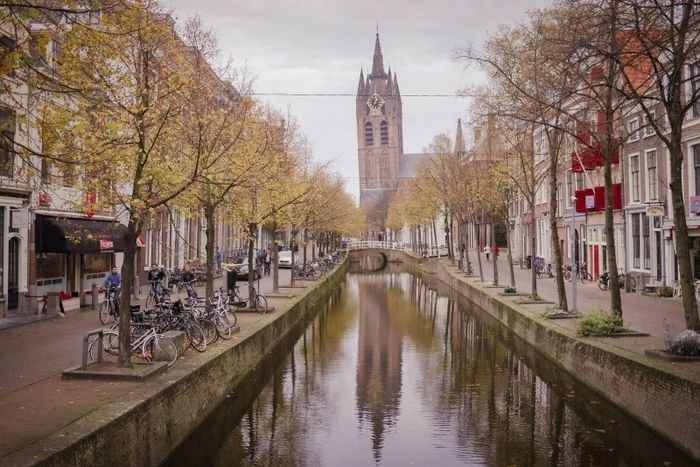
Oude Kerk Bell Tower, Netherlands: Built in the 14th century, the Gothic-style Old Church of Oude Kerk is one of the oldest buildings in Delft. It is also the burial place of famous Dutch painter Johannes Vermeer. The bell tower's pronounced tilt is the result of unstable foundations.
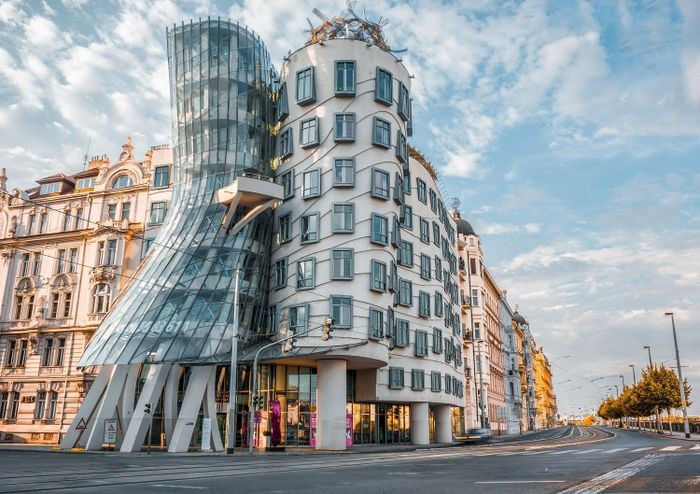
Nationale Nederlanden Building, Czech Republic: Better known by its nicknames "The Dancing House" or "Fred and Ginger," the Nationale Nederlanden building in Prague was designed in the 1990s by architects Vlado Milunic and Frank Gehry. With its two towers leaning against each other like a dancing couple, the building has its own unique style, standing out from the surrounding buildings.
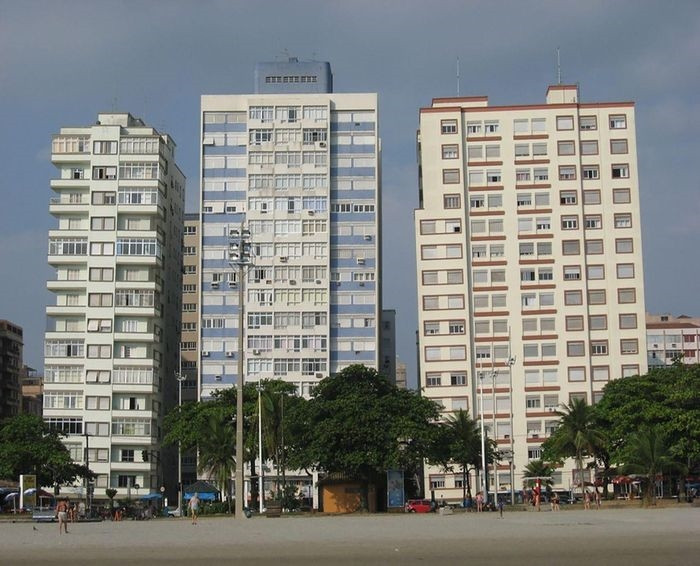
Buildings in Santos, Brazil: In Santos, a coastal city in the state of Sao Paulo, Brazil, 651 buildings along the seafront are gradually sinking into the ground, causing them to tilt to varying degrees. This is due to the shallow foundation method used in the construction of the buildings in the 1950s and 1960s. However, the buildings are still habitable today, and thousands of families continue to live there.
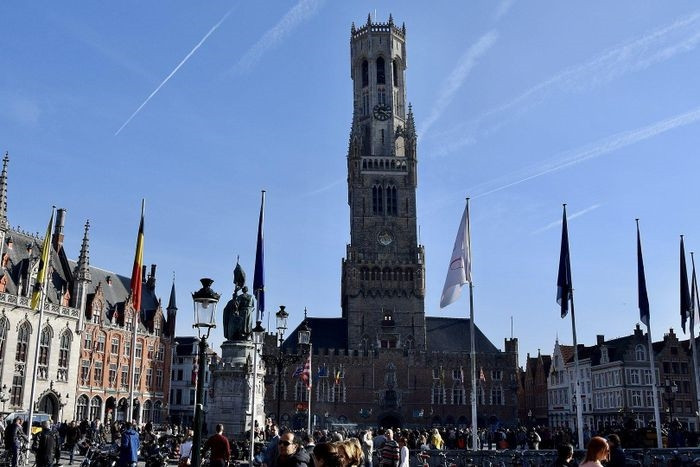
Belfry of Bruges, Belgium: One of the most spectacular sights in Bruges is the soaring medieval belfry that overlooks the square. The tower leans a meter to the east. Visitors can climb 366 steps to the top for panoramic views of the city.
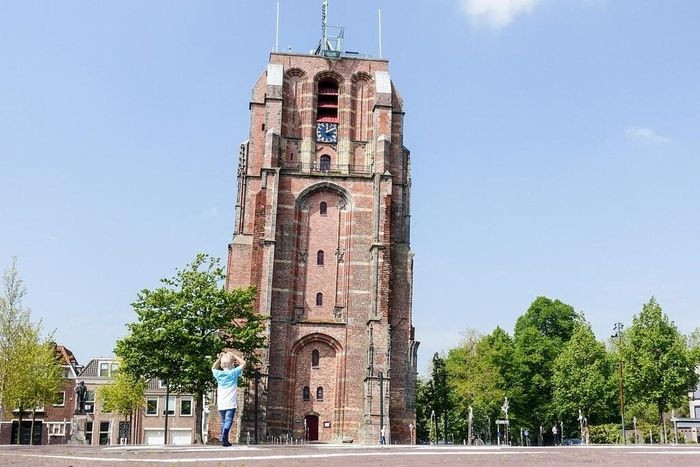
Oldehove, Netherlands: Oldehove is the most prominent landmark in the old town of Leeuwarden. The building began to sink while it was still under construction and work had to stop in 1533. Efforts to fix the problem caused the structure to tilt and become distinctive.

Veer Towers, USA: Designed by architecture firm Murphy/Jahn and completed in 2010, Veer Towers are a pair of 37-story luxury residential buildings tilted 5 degrees in opposite directions on the Las Vegas Strip.
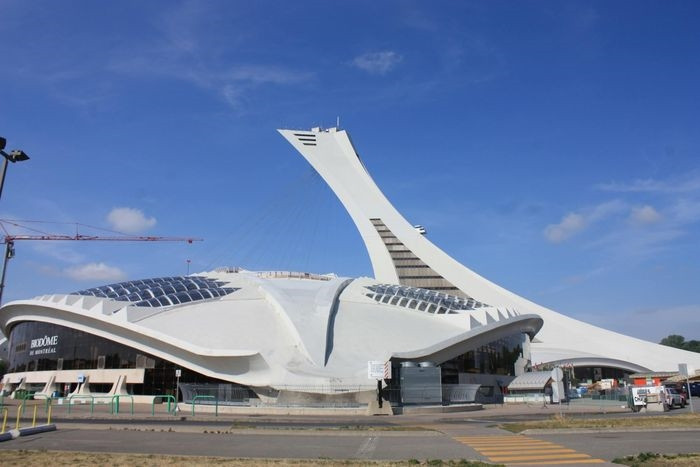
Montreal Olympic Stadium Tower, Quebec, Canada: Built for the 1976 Summer Olympics, the 165-meter-tall tower at Montreal's Olympic Stadium tilts 45 degrees. Designed by French architect Roger Taillibert, it is the tallest man-made leaning tower in the world, according to Guinness World Records.
According to Zing